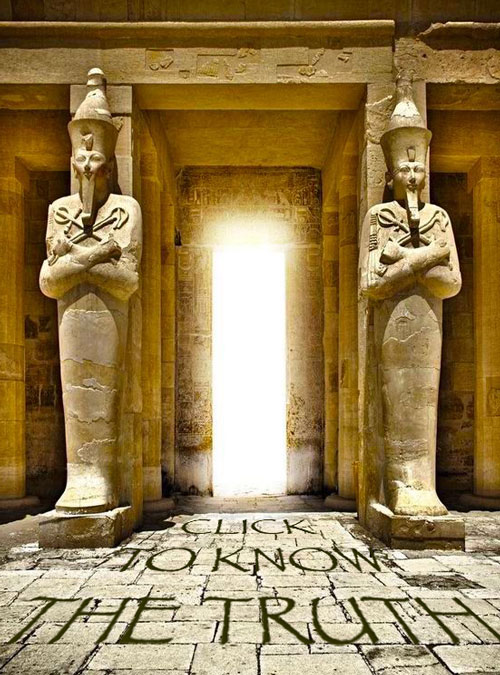Mafdet
As a solar goddess, Mafdet was known as the Piercer of Darkness.

Cheetahs were known by our ancestors as “flying cats” because at a sprint they appeared to be soaring over the ground. Airborne over half the time, they could accelerate to 75 km/hr straight away and hit a top speed of 110 km/hr. Taller than a leopard, these predators used their tail as a rudder to make turns during a chase.
At the birth of the First Dynasty the Egyptians worshipped the feline goddess Mafdet, who was portrayed as a cheetah. Mafdet was known as “the runner” and represented swift death. The spotted design of this killer reminded our ancestors of a starry night.

In temples like Deer el-Bahari in northern Africa, cheetahs were often depicted with collars and leashes which suggested a place within the royal household. To some extent cheetahs also displaced hunting dogs in ancient Egypt—although rarely used to obtain food, they were used in coursing.
Despite their awesome hunting skills, cheetahs were never considered man-eaters and when reared from cubs they displayed strong protective instincts. Due to this, it was believed that cheetahs carried away the spirits of the pharaohs when they died.
Cheetahs wear a “death mask” when they are stalking. This leaves their prey under no illusions about their intentions. In essence, the cheetah becomes the embodiment of doom. Sadly, we have long forgotten that our hearts are tied to this powerful predator with a sprinting stride of six metres.

Above: cheetahs were symbolic of passion, power and presence
As the Lady of the House of Life, Mafdet eventually became known as Sekhmet. Despite her destructive qualities, Sekhmet was actually part of the rebirthing process. Much like a fire in an old growth forest, Sekhmet destroyed rotten trees which then inspired green shoots. So in this sense her powers echoed those of Isis as the goddess of rejuvenation.
As the patron of conflict and healing, Sekhmet destroys that which no longer “houses” us so that we can build a new foundation. She helps us with this transformation in our lives and breaking down of old patterns that no longer serve us. In ancient art, Seshmet exhibited a rosetta pattern over each breast (an ancient leonine motif) that can be traced to the shoulder-knot hairs in lions.

Once upon a time, Sekhmet was the patron of Sekhem or the “Power of Powers”. This was an ancient healing modality that inspired our evolutionary development. In a spiritual sense, it equated with the soul, or the figure eight. All life generates an energy field around it—this system contains information about the physical form it surrounds. A Sekhem healer can tune in to this field and read this information. They then direct this Sekhem energy into the field to promote healing and well being.
In Sekhem, a person is viewed as an energetic system with the physical body at the core. However, a Sekhem healer would work more specifically in the energetic system because it is here that illness first begins as a blockage. In Sekhem, healing is seen very much as a two-way process and a way of supporting a person during their own healing journey. The Sekhem energy is taken by the client at the level of the higher self.

Sekhem employs sacred geometry which is linked to the science of the pyramids. This energy is really the power of medicine in its purest form. In healing sessions, the practitioner places their hands on or near to the body and passes the Sekhem energy to the recipient. Although from a high level, it is also grounding because a bridge is formed between Heaven and Earth. The experience can be inspirational and spiritual.
Sekhem reduces stress, accelerates healing and resolves many other conditions without being intrusive. Sekhmet then, was immortalised in the body of the Sphinx.
